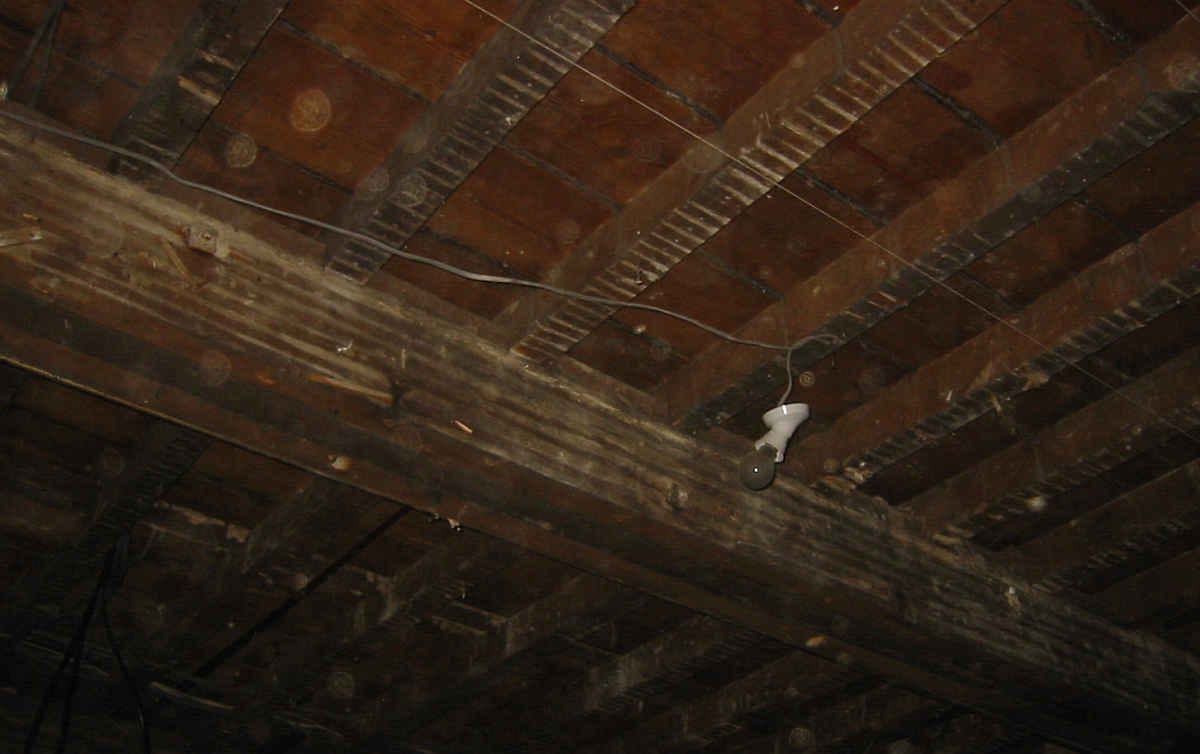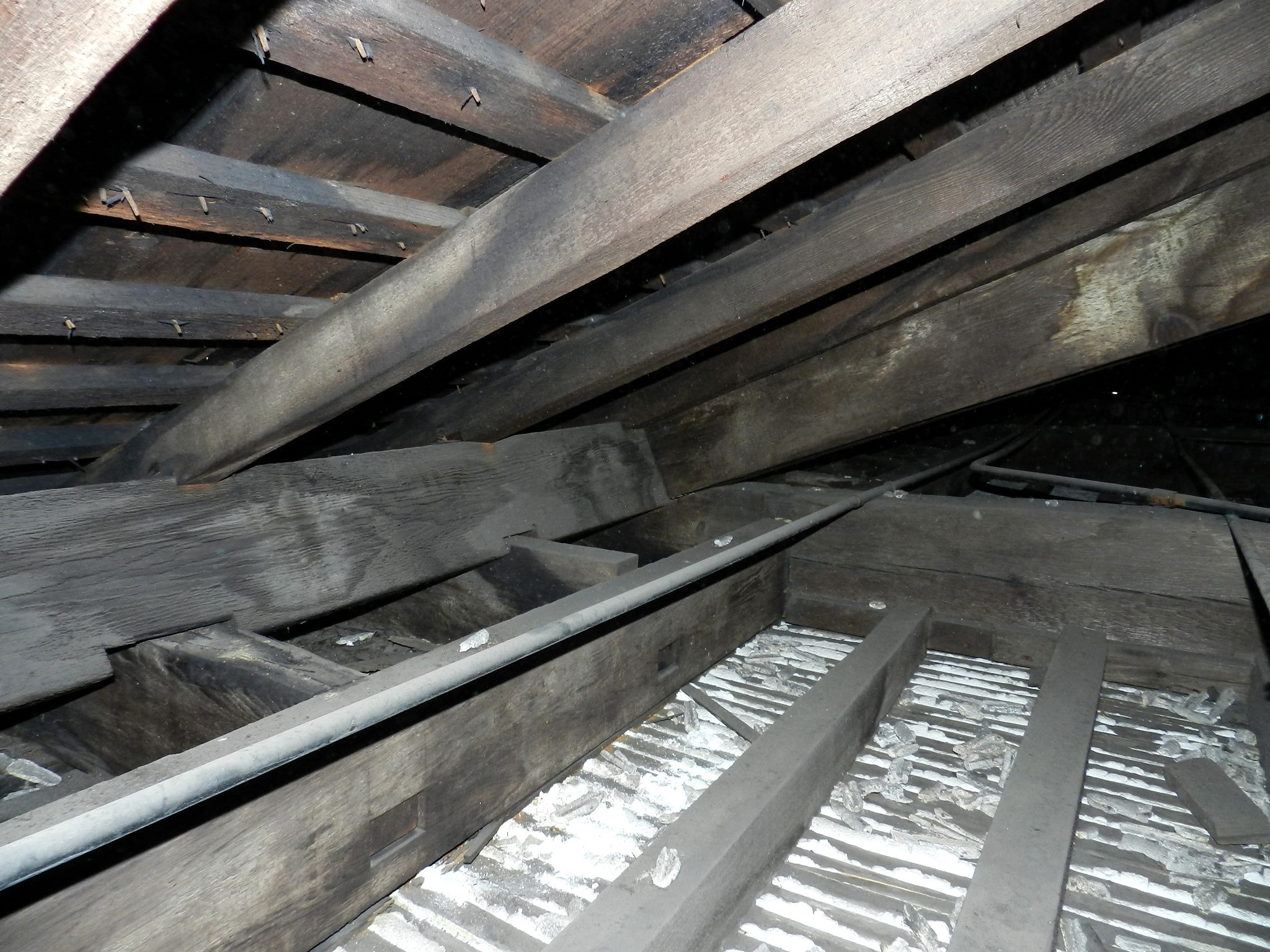Repair Lath Plaster Ceiling Step Through Attic

Insert a 1 5 8 inch drywall screw through the center of a plaster washer.
Repair lath plaster ceiling step through attic. Adding wire lath over wood lath improves an infill repair. Secure the patch with 1 5 8 drywall screws. Snap off the temporary tabs from the repair clips. Then the hole is filled with successive layers of plaster as described above.
To patch a hole in the ceiling plaster metal lath is fastened over the wood lath. To prepare for applying the filler try to undercut the plasterwork at the edges so that there is a good grip available for the new filler. When the tape and first coat are dry apply a second smoothing coat. Fasten as many screws as needed to the ceiling to secure the plaster to the lath image 1.
Scrape away any loose veneer. Complete your entire series of holes then go back over the plaster with a clean damp sponge to remove further glue residue. Follow the same process if you re working on the lath side leaving adhesive wipe up as an optional step. Mix the plaster filler as directed to by the instructions that come with it.
There is even a system available in the states called big wallys plaster magic or you can see an video that explains the principles here gluing lath and plaster. Repair lath plaster after stepping through the ceiling kirk giordano plastering inc. Use a drywall screw with a plaster washer to re secure the damaged sections of plaster to the lathe. Use a drywall compound and a putty knife to spread a thick layer of mud over the screws image 2 after it is dry put on another coat.
Establishing new plaster keys if the back of the ceiling lath is accessible usually from the attic or after removing floor boards small areas of bowed out plaster can be pushed back against the lath. First you should be sure to clean the surface from any loose plaster. Secure the plaster with forms. Insert the wallboard patch into the hole and drive screws through the wallboard patch into each wallboard repair clip.
For areas where the washers don t hold or the plaster is very damaged cut out the plaster and create a patch using drywall. Mud the other patches and repaired areas with the drywall compound. Sand down any excess drywall compound and then prime. Use your drill to drive the screw into the sagging plaster a few inches from the edge of any holes you created in step 1.














































